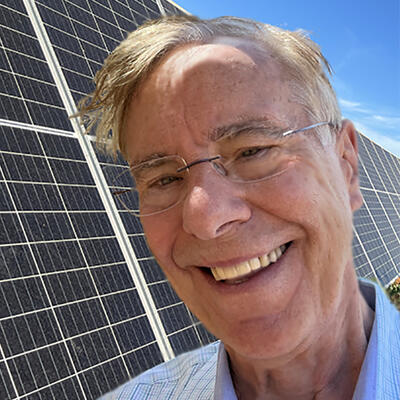Photovoltaics Technology: Driven by Innovation (Status, Issues, and Trends)
Solar photovoltaics has had a long, periodically difficult, development pathway from its first serious considerations as a potential terrestrial electricity alternative in the early 1970s to its 2025 status approaching TWs deployed annually. It has encountered and surmounted technical, investment, competition, and political barriers, and it is now embedded in our global electrical power structure going forward. Innovation has been foundational to the advancement and widespread market expansions. With this, device technologies have been introduced into the market more rapidly—with the gap between lab bench discovery to commercialization reduced from decades-timeframes in the 1980s and 1990s to years or less in the 2000s. This plenary session overviews the growth in PV technology development, highlighting innovation especially over the last two decades. An in-depth look at the intricacies of cell design improvements (structures, materials, interfaces) is coupled with the more rapid adoption into commercial manufacturing and market deployment. The coincident changes in module design in form factors, sizes, encapsulations, and interconnections. Future trends are discussed in terms of technology expectations.
Speakers
Lawrence L. Kazmerski

Lawrence L. Kazmerski is currently Fellow with Renewnable and Sustainable Energy Institute (RASEI), University of Colorado Boulder and Emeritus Research Staff Member of the National Renewable Energy Laboratory (NREL). Previously, Kazmerski served as the founding Director of the National Center for Photovoltaics for the period 1999-2008 and Executive Director for Technology Partnerships (2009-2013) during his 38-years at the Laboratory. He received his B.S.E.E. (1967), M.S.E.E. (1968), and his Ph.D. degree (1970) in electrical engineering—all from the University of Notre Dame. He was on the electrical engineering faculty of the University of Maine before coming to SERI (NREL) in 1977. Currently, he is involved with PV reliability R&D in Brazil and India. He has visiting faculty appointments at the Pontifícia Universidade Católica de Minas Gerais (Brasil) and Indian Institute of Techbology (IIT-Bombay). He is a Fellow of the IEEE, APS, AVS, and ASES. He is a Member of the U.S. National Academy of Engineering and Foreign Member of the Indian National Academy of Engineering.